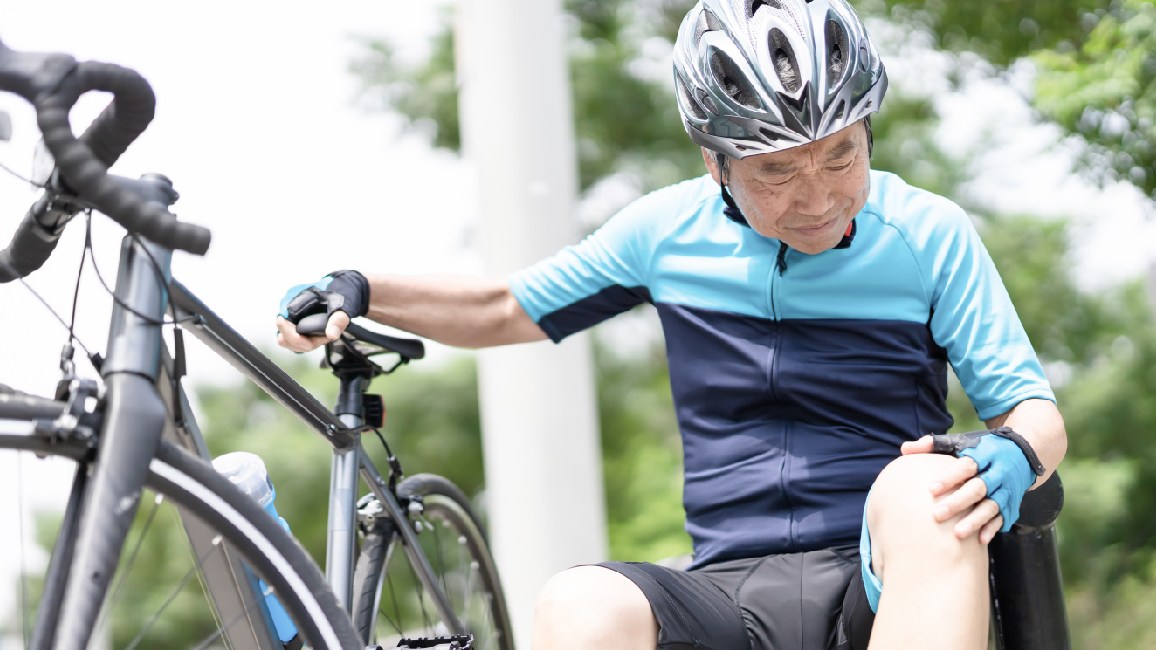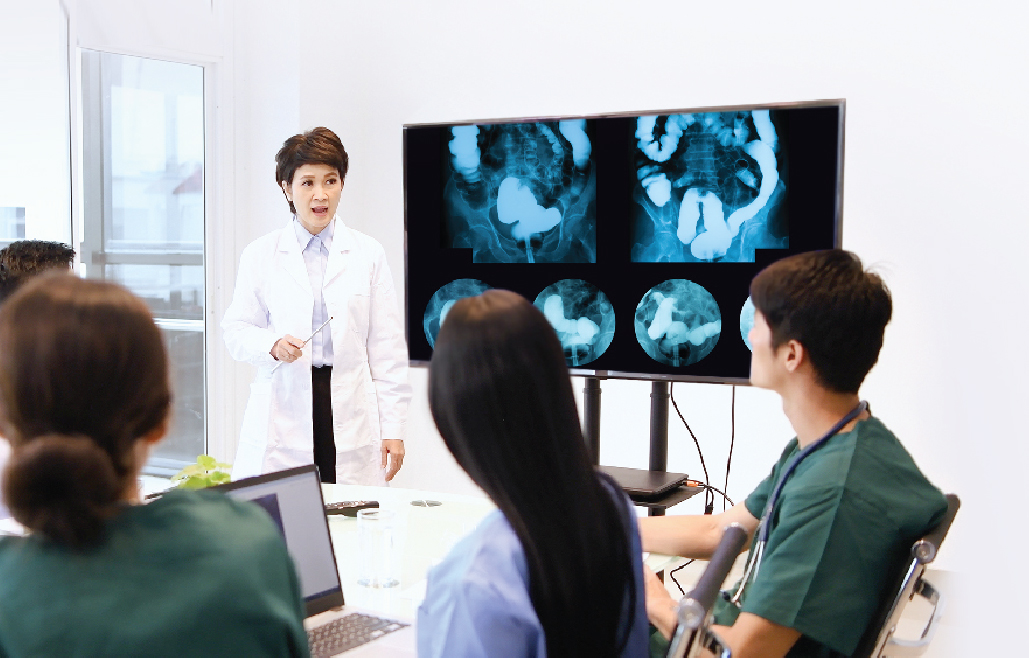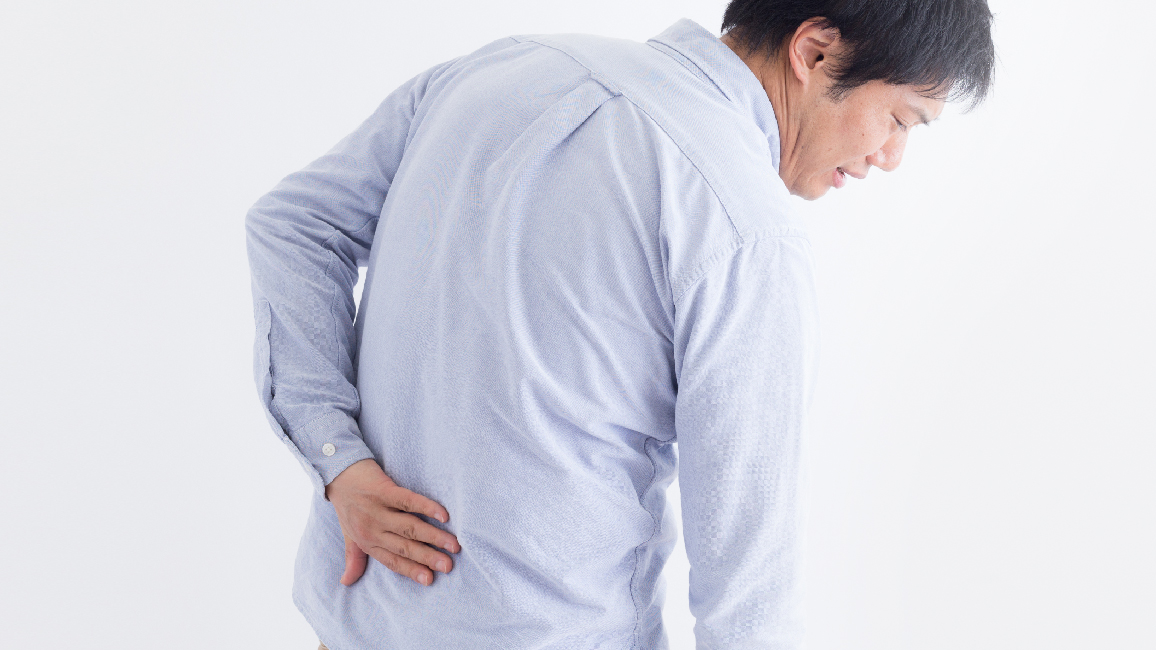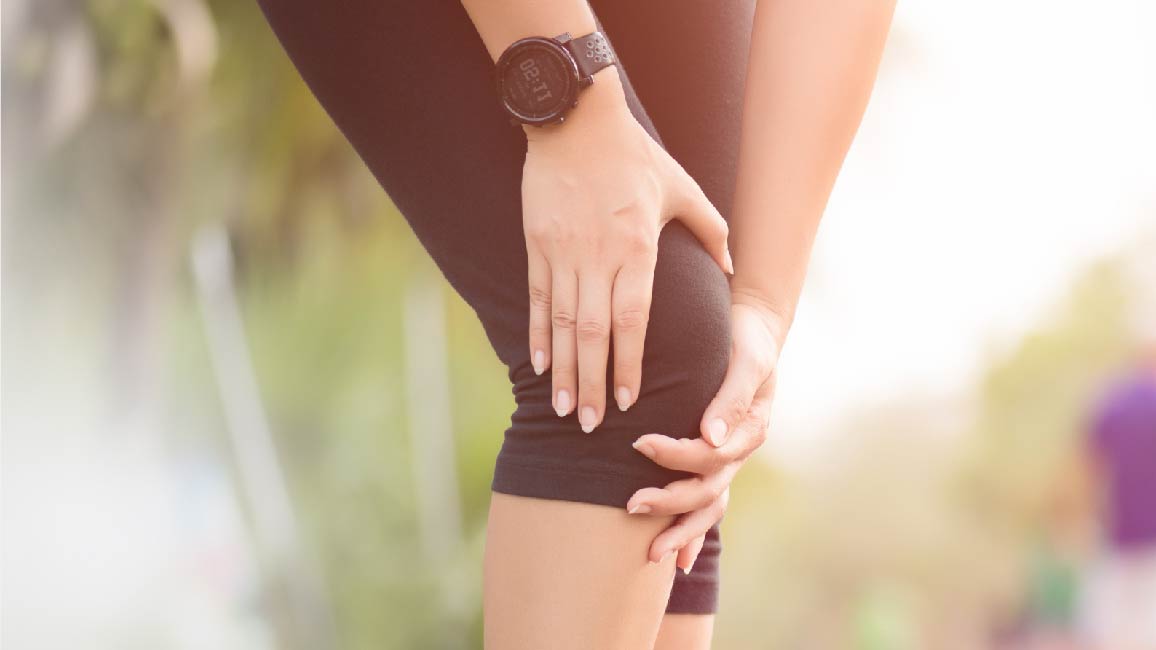Falls in the elderly Preventable accidents
Center : Orthopedics Center

At present, Thailand is completely entering an aging society, which means there is 20 percent of the elderly population in the year 2021 and in which 3 or more 3 million elderly people every year experience falls. Due to the deterioration of the body over time, these events are therefore necessary for us to study and understand the occurrence of falls in the elderly.
Factors causing falls in the elderly can be divided into 3 main factors as follows.
- External factors, which are factors related to the physical environment around the elderly, such as
- Slippery floor / Diffusion area / Rough floor
- There is an obstruction in the path.
- The dress code is not appropriate.
- Inappropriate shoes
- Carrying out daily duties
- Improper lighting and color
- Internal factors (internal factors) These factors relate to the physical condition of the elderly.
- Skeletal system- Because people over the age of 40 will find that the rate of bone deterioration is greater than the rate of formation. Have decreased bone mineral density (Bone Mineral Density (BMD)) and some may have decreased bone density to the point of osteoporosis. (Osteoporosis), resulting in the bones of the elderly being brittle and easily broken. Including reducing the length of the bone causing hunchback (hunchback or oblique), asymmetrical shape, thin cartilage, decreased synovial fluid, causing deterioration of stiff joints as mentioned above affects the balancing ability of the elderly and lead to falls. But nowadays, the technology for measuring bone mass DEXA scan is a form of x-ray. (There are other names such as DXA scan, Bone mineral density test, BMD test, Bone density test) to detect and find a solution for bone loss. It is useful for the treatment and cares to reduce the chance of bone fracture.
- Muscular system- Muscle contractions begin to decline at age 45, and muscle strength decreases in the ages of 30-70, resulting in slower movements. Muscle tremors cause the elderly to lose the balance of movement which makes it easy to fall and fall.
- Nervous and sensory systems in the human body, the number of brain cells and neurons continues to decline after the age of 25-75 years, reducing brain and nerve performance. The speed of the signal transmission will decrease. Which slows down the movement and sometimes the organs involved in the movement may not work with each other. Especially the work of both legs If the work does not correlate. It will cause the elderly to lose balance and movement, making them vulnerable to falls easily.
- Visual system- In the elderly, visual performance is reduced because the eyeball becomes smaller and deeper, it decreased elasticity of the eyeball muscles, droopy eyelids, smaller pupils, and the iris reaction to light decreases. Makes the adaptation to vision in the dark decrease. It may easily result in the elderly being accidents.
- Auditory system- In the elderly, deafness is found up to 1 in 3 of the elderly aged 65-74 years due to the degeneration of the inner ear in conjunction with the vestibular nerve has decreased, resulting in atrophy of cochlea, the elderly tend to have vertigo (vertigo), causing falling and falling easily.
- Cardiovascular system- In the elderly will find that Heart muscle atrophy and fibrosis. Weakens the heart muscle along with having more calcification. The contraction performance of the heart muscle decreases, resulting in a decrease in the amount of blood from the heart (cardiac output) as well as a decrease in the elasticity of the coronary wall. As a result, the blood supply to various organs is reduced, especially the brain, which makes the elderly easily dizzy (Orthostatic hypotension), which can lead to loss of balance and easily falls.
- Urinary system- In the elderly, they tend to urinate more often causing the desire to go and urinate in a hurry and having to go to the bathroom more often, especially at night, because the bladder fills quickly, therefore, making it easy for the elderly to have an accident.
- Promotional factors other factors That have resulted in falls in the elderly as
- Age- As people get older which causes deterioration of all organs in the body. Especially organs involved in balance and movement, the elderly aged 65 years and over, are at a higher risk of falls and hip fractures.
- Have a history of falls/fear of falls in the elderly who have had previous falls. Often afraid and anxious to move, this will make the elderly not dare to walk or move. Therefore easily resulting in accidents as well
- The gender physiology of males and females is different. The female gender has more bone porosity than males. Due to decreased estrogen, causing osteoporosis. Which will affect the movement and changes in the movement of the hips to support the weight of the legs. Also, the gait of women and males is different. Because the female will walk like a duck, a narrow base, and short steps. Men have a wider walking base, which makes older women more vulnerable to falls than males.
Effects of falls in the elderly
- Because the factors of falls in the elderly mentioned above can be prevented. But sometimes accidents are inevitable, so let's understand the effects and countermeasures of falls in the elderly.
- Effect on the body may occur from recurrent eruptions, wounds, bone fractures. In the elderly aged 65-69 years, up to 1 in 200 cases of hip fracture occur, and more and more people will encounter this problem. With increasing age, up to 1 in 10 elderly people with hip fracture are found in the age of 85 and 1 in 4 of the elderly suffer from hip fractures from a fall. Will die within 6 months after the fall (According to statistics from the Institute of Science). Also, although not death but the big problem that these older people have to face is not being able to live normally anymore., but some people may have had surgery and become a burden for long-term caregivers such as being stuck in bed, unable to walk back and forth, etc.
The psychological effects lead to fear, anxiety, and self-injury. Not being able to move or do certain things as when they were young
Prevention of falls in the elderly
- Get a fall risk assessment and know their health risk status
- Practice walking and exercising to increase muscle strength Focusing on balance and movement exercises such as yoga, tai chi, etc.
- Should change the posture slowly to prevent pressure drop in standing position While sitting or standing every time.
- Should use a walking aid in case of walking or balance disabilities, such as a walking aid, walking stick, etc.
- Wear clothes and shoes that fit properly. Low-heeled shoes with rounded edges. The sole should have a non-slip tread.
- Consult a staff or healthcare professional to receive individual advice on medication, vision, walking, balance, and movement
- Admitted If there are abnormal symptoms from illness and congenital disease
- Avoid unnecessary medication and should always consult a doctor or pharmacist
Environment
- Accommodation for the elderly should live in a one-story house. In the case of a two-story house, the elderly should be located on the ground floor.
- The power switch should be at a height of 120 centimeters from the floor and the power socket should be 35 - 90 centimeters.
- The stairs have two handrails, 80 centimeters above the floor, the stair steps not higher than 15 centimeters, and the children are not less than 28 centimeters, with clear and non-slip colored stripes to indicate the steps.
- The bedroom should use a bed with a height. At knee level (40-45 cm) to get up easily.
- The height of the table or kitchen area should be about 85-90 centimeters in height.
- The bathroom should be next to the bedroom, the floor is not slippery, does not allow water to stagnate, has a handrail, has a seat for bathing, is 40-45 centimeters high, uses a flush toilet, or sits flat. And the elderly should not use the door lock while in the bathroom.
- Well lit, both in and around the house
- The floor and the walkway are always smooth, not slippery, not wet, no obstacles. Avoid uneven elevation lows.
Basic care for the elderly who have falls
- Evaluate the response by calling out the patient's name. Inspect the inside of the mouth, such as dentures, airway obstruction. If the elderly is unconscious and unresponsive, try patting on both shoulders and calling. If there is still no response, shout for help or call 1669 and have a heart massage immediately until the operator arrives.
- If the elderly are conscious and unable to move and have pain or stiffness in the neck. Unable to lift his head from the lying position at all (Do not move or move the patient yourself) If the patient needs to be removed from the danger noise area. Call for help. If not, support the patient's neck so that it does not move. Should have more than one expert to assist or help a person.
- If the elderly have wounds the wound should be washed with clean water and soapy water. As much as possible and take the elderly to the nearest hospital.
- If an elderly person is found to have a fracture of the distal bone, such as a limb, apply a splint to reduce the movement of the peripheral organ and take the elderly to the hospital.
Consult Online
Article of Orthopedics Center





